
Go exploring
Primordial landscapes, tangled branches, breathtaking wildlife and miles of woodland trails. From the countryside to cities, we care for thousands of woods throughout the UK, all free to visit.
Find a wood near you
Public enquiries officer
If you’re a keen gardener, you may have come across ornamental trees such as the corkscrew willow (Salix babylonica var. pekinensis 'Tortuosa') or corkscrew hazel (Corylus avellana 'Contorta'). These trees are cultivars that have been bred to exaggerate a curly growth pattern, and they can be very striking trees to grow. But did you know that this growth pattern can also naturally occur?
If you can recall your secondary school biology, you may remember that genetic variations can occur naturally at any time in the environment. If a variation confers some kind of benefit to the individual, it may survive to adulthood and pass on its genes to the next generation. Oak trees with a curly growth pattern are an example of this.
Curly oaks are quite unusual and they are not recognised as a separate variety of oak, but rather a genetic quirk of our native oaks. Many trees (and plants) favour a form of growth called apical dominance. This is where growth is focused along the main stems and any lateral (side) shoots are inhibited (gardeners interfere with this process when they remove the apical bud to force more ‘bushy’ growth in a plant).
Curly oaks occur when the tree favours one-sided lateral growth rather than apical dominance (sideways growth from only one side). Over the years this leads to curly or twisted branches forming and gives the trees a distinctive appearance.
It’s not really understood what causes the tree to grow in this way, but there are likely to be various causes such as a history of heavy pruning, grazing, fungal and other pest attacks or exposure to the elements. It’s most likely the unusual growth is a genetic response to a threat.
In a normal tree, evolution over the millennia has optimised growth to reduce stress on their main branches and trunk. Trees are actually a complex feat of engineering! ‘Mass dampening’ or ‘damping’ is the technical term used to explain how trees distribute the force of winds over their branches. Curly growth probably throws off-balance the ratio of wood biomass to leaf coverage, but it’s likely that the growth makes the tree better able to withstand unfavourable conditions such as a rough climate.
Anecdotally at least, we have observed that curly oaks seem to be more common in Wales. There’s a woodland SSSI in Bridgend full of these oaks! Those like the ones pictured have likely been exposed continually to rough weather since they were saplings, and have been forced to adapt to survive. The trees that didn’t show this trait might have a higher failure rate, so over time only the curly ones have reached full size.
We also have a high profile curly oak at Cwm George which stands alone in the middle of a meadow. This tree is thought to have grown curly as a result of heavy pollarding and grazing activity in its past.

Primordial landscapes, tangled branches, breathtaking wildlife and miles of woodland trails. From the countryside to cities, we care for thousands of woods throughout the UK, all free to visit.
Find a wood near you
Blog
Emilie Bonnevay • 27 Jun 2019
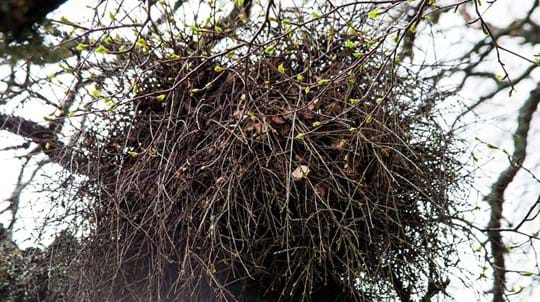
Blog
Annabel Kemp • 12 Nov 2024
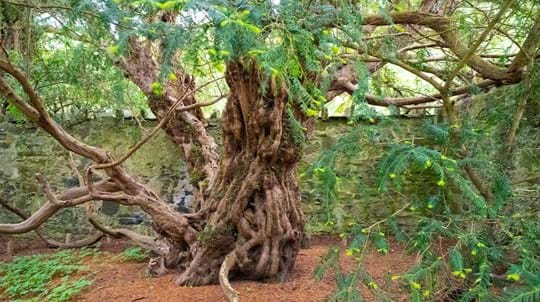
Blog
Charlie Mellor • 29 Jan 2024

Blog
Emilie Bonnevay • 31 Jul 2018
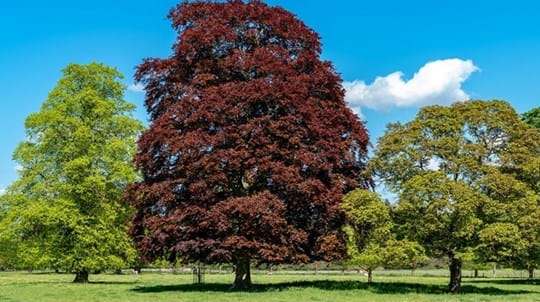
Blog
Emilie Bonnevay • 15 Jul 2019
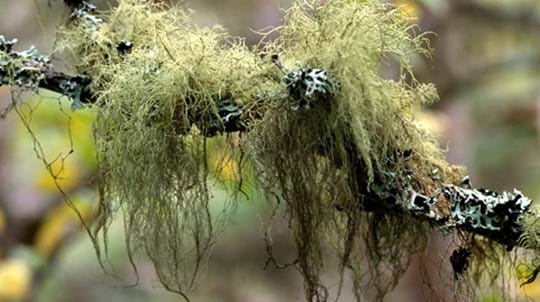
Blog
Kylie Harrison Mellor • 24 Apr 2019
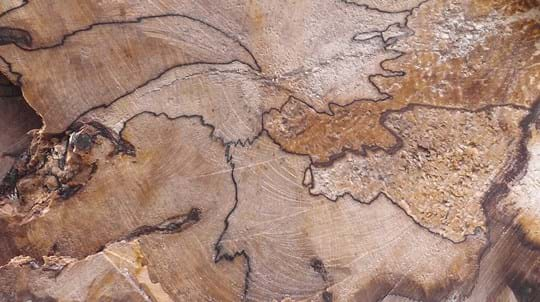
Blog
Julia Lock • 29 Dec 2021
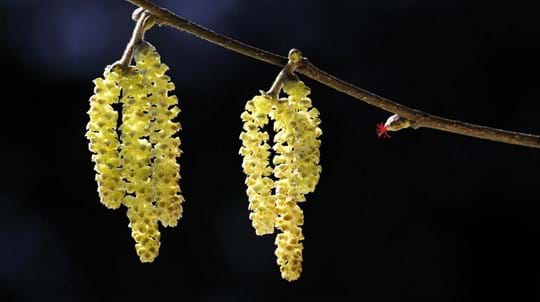
Blog
Martha Boalch • 17 Dec 2018